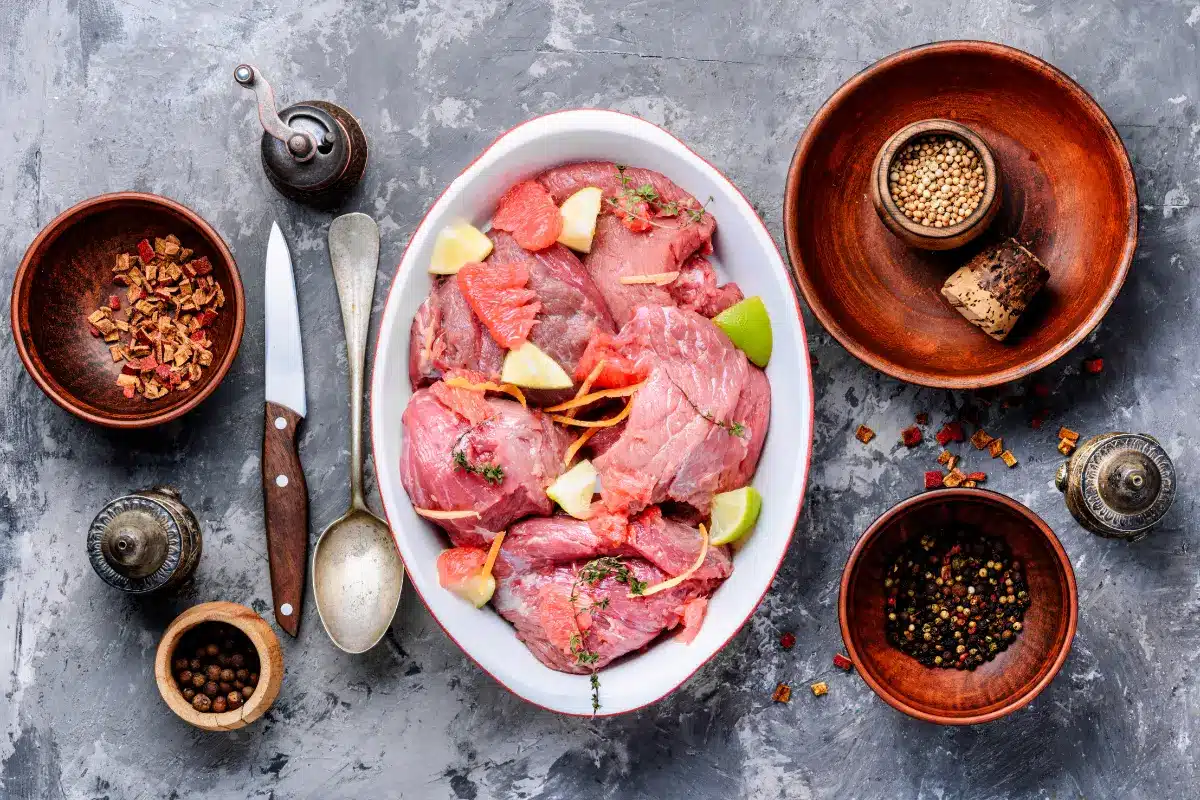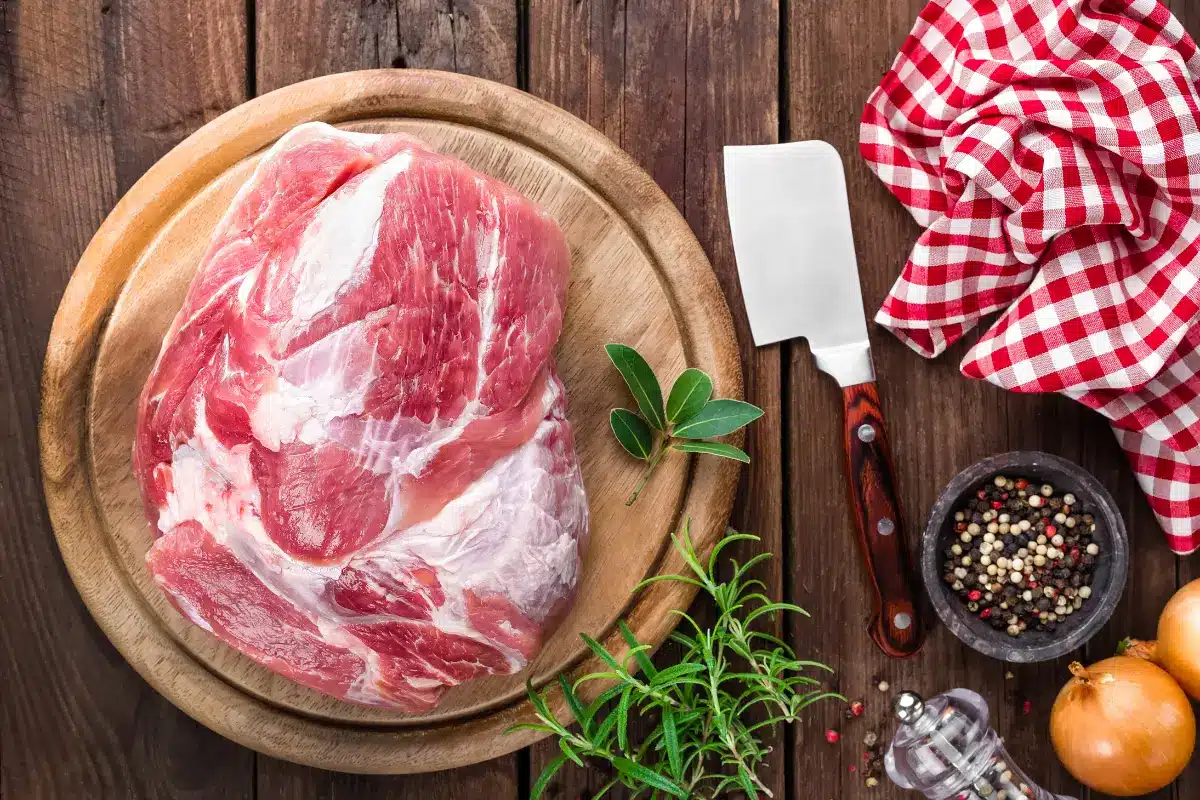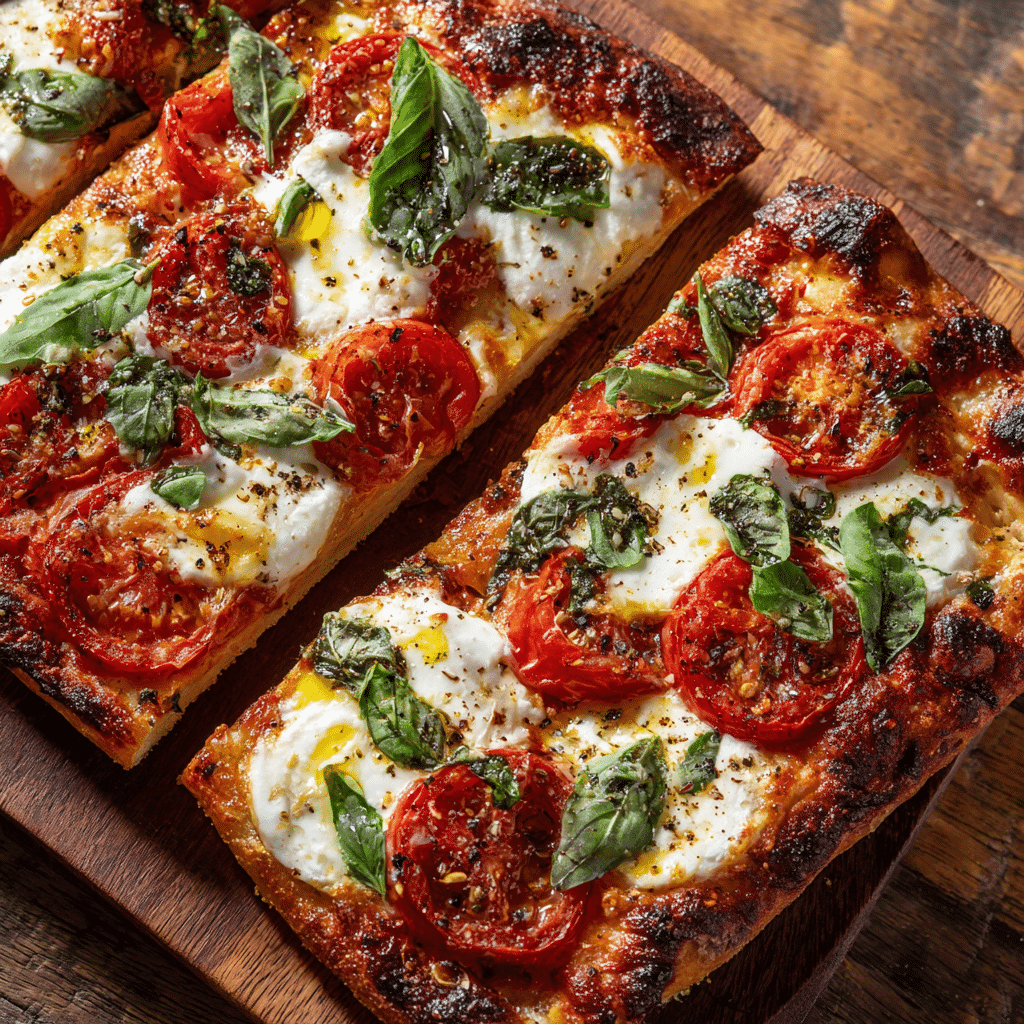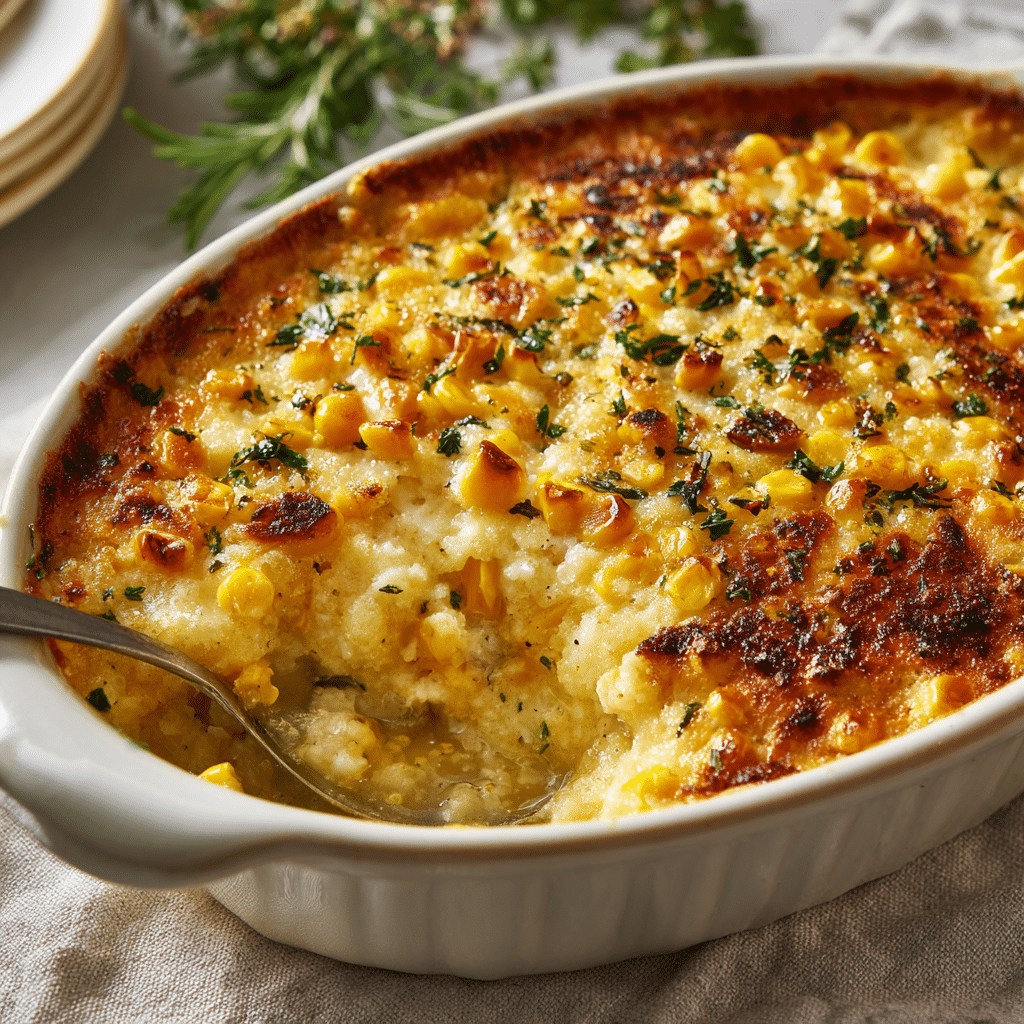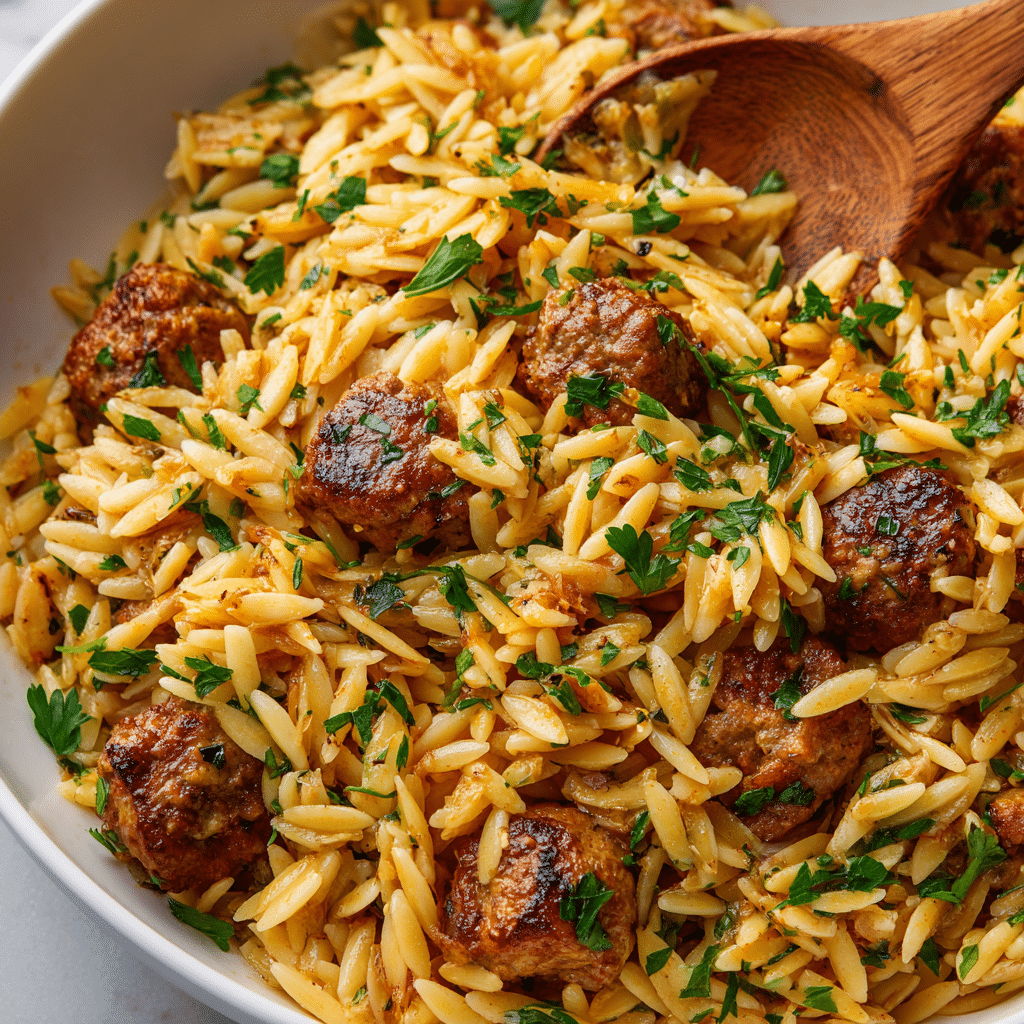Embarking on a culinary journey, we find ourselves drawn to the art of making Prosciuttini, an endeavor that marries tradition with taste. This guide is not just about following a recipe; it’s about embracing a piece of Italian charcuterie heritage, understanding the subtleties of curing meat at home, and the satisfaction that comes from creating something truly remarkable from simple ingredients. As we unfold the steps to crafting your own Prosciuttini, we’ll delve into the importance of selecting quality ingredients, the patience required during the curing process, and the art of aging, all culminating in the joy of sharing this delicacy with friends and family. Let’s begin this flavorful quest with the essentials.
The History and Origin of Prosciuttini
Prosciuttini, a gem in the crown of Italian culinary traditions, is more than just a dish; it’s a narrative of culture, geography, and centuries-old methods of preserving meats. With roots stretching back to ancient times, this delicacy has evolved, yet its essence remains tied to the meticulous art of curing.
Understanding Prosciuttini: What Makes It Unique?
What sets Prosciuttini apart is not just its rich flavor but the dedication behind its creation. It’s a testament to the philosophy that good things come to those who wait. Unlike its cousin, prosciutto, Prosciuttini often involves peppercorn and wine in the curing mix, though we’ll focus on the spices and the natural curing process, stepping away from the use of beverages to keep the essence pure and focused on the culinary craftsmanship.
Essential Ingredients and Tools
Embarking on the Prosciuttini journey requires not just skill but the right set of ingredients and tools. Here’s what you’ll need:
- Pork loin (2-3 pounds)
- Sea salt (2 cups)
- Brown sugar (1 cup)
- Black peppercorns (2 tablespoons, crushed)
- Garlic powder (1 tablespoon)
- Curing salt (2 teaspoons)
And for the tools:
- Large ceramic or glass container
- Butcher’s twine
- Aging rack
Selecting the right cut and preparing it with care are pivotal steps. Indeed, choosing a quality pork loin and treating it with a blend of salts and spices sets the foundation for an exquisite Prosciuttini.
Tips for Choosing the Right Meat
Opting for the right cut is crucial. Look for a pork loin that’s fresh, with a good amount of marbling. This fat marbling is the secret to a moist, flavorful Prosciuttini. Also, lean towards purchasing your meat from trusted butchers who understand the importance of quality in charcuterie. This isn’t just cooking; it’s an act of crafting a delicacy that stands as a testament to patience and tradition.
With the essentials covered, the journey into the world of Prosciuttini is set to begin. Through this guide, you’ll not only learn the steps but understand the soul behind this Italian tradition, transforming simple ingredients into a culinary masterpiece.
The Prosciuttini Recipe Step-by-Step
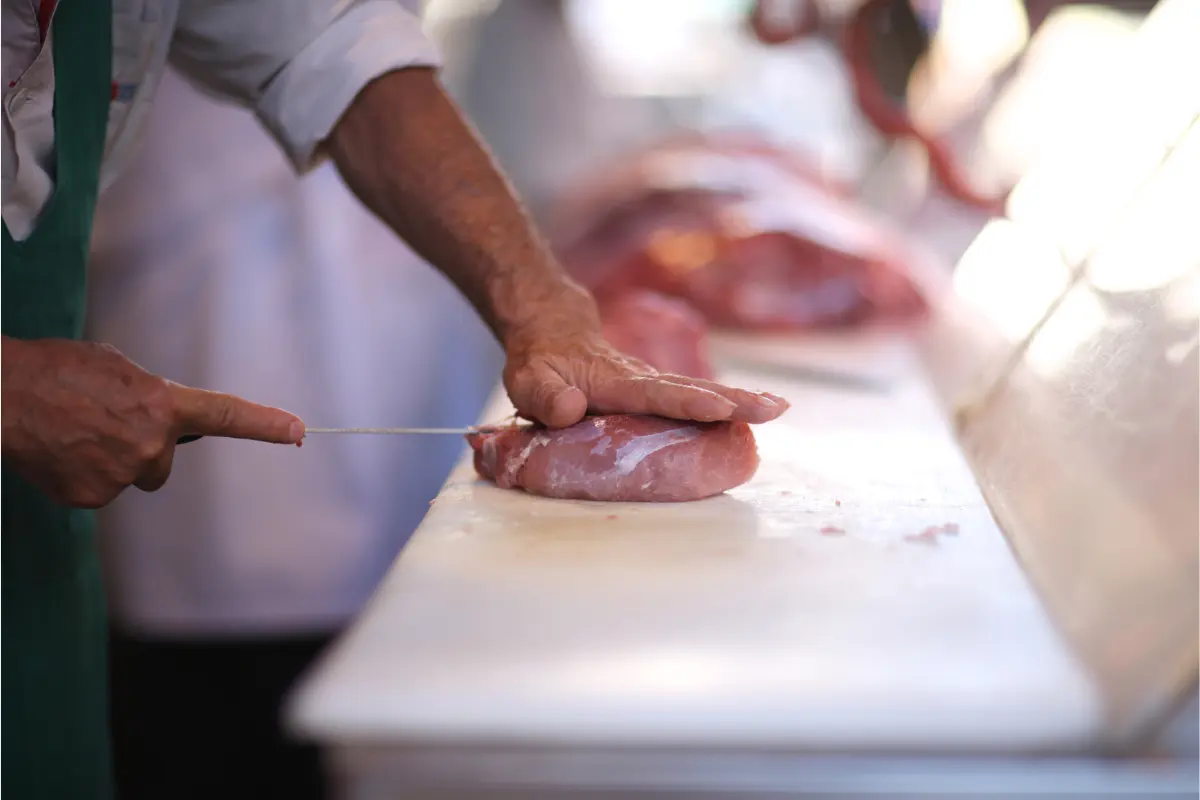
The journey into the heart of Italian charcuterie continues as we delve into the step-by-step process of making Prosciuttini. With our ingredients and tools at the ready, we embark on a culinary adventure that marries tradition with patience, yielding a delicacy that’s both sumptuous and steeped in heritage. Let’s roll up our sleeves and begin the transformation of simple pork loin into an exquisite Prosciuttini.
Preparing the Meat
The first step in our Prosciuttini journey begins with preparation:
- Trimming: Start by trimming any excess fat from the pork loin, aiming for a uniform shape to ensure even curing.
- Mixing the Curing Ingredients: In a bowl, combine the sea salt, brown sugar, crushed black peppercorns, garlic powder, and curing salt. This blend of spices and curing agents will not only preserve the meat but also infuse it with flavors deep and complex.
The Curing Mix
- Applying the Cure: Lay the pork loin in your large ceramic or glass container and rub the curing mix thoroughly over every inch of the meat. It’s important to cover it completely, as this process draws out moisture and starts the preservation.
- Resting: Once coated, cover the container and place it in the refrigerator. The pork loin will need to rest here, turning it once a day, for a week. This is where patience starts to play its crucial role. Each day, the cure penetrates deeper, working its magic.
Wrapping and Aging
- Rinsing: After a week, remove the pork loin from the fridge and rinse it under cold water to remove the curing mix. Pat it dry with paper towels.
- Wrapping: Using the butcher’s twine, tie the pork loin tightly. This helps maintain its shape during the aging process.
- Aging: Hang the wrapped pork loin on your aging rack in a cool, humid place. The ideal conditions are 55-60°F (13-15°C) with about 70% humidity. Here, it will stay for at least three weeks. During this time, the Prosciuttini will lose moisture, concentrating its flavors.
Final Preparations and Taste Test
- Checking for Readiness: After three weeks, your Prosciuttini should be firm to the touch. This indicates that it’s ready for the final step.
- Slicing: Remove the butcher’s twine and slice the Prosciuttini thinly against the grain. This is where you’ll get your first real taste of the fruits of your labor.
The moment of truth arrives with that first taste. The rich, complex flavors of the Prosciuttini unfold with each bite, a testament to the time and care invested in its creation. This journey through the art of Italian charcuterie doesn’t just end with a delicious product; it’s a process that teaches us the value of patience, the importance of quality ingredients, and the joy of sharing a piece of culinary tradition.
Serving and Pairing Suggestions
After weeks of anticipation, your Prosciuttini is ready to take center stage on your dining table. This is more than just a moment of culinary triumph; it’s an opportunity to showcase the versatility of this Italian delicacy in a variety of dishes and settings. Let’s explore some serving and pairing ideas that will elevate your Prosciuttini from a simple charcuterie item to a centerpiece of gastronomic delight.
How to Serve Prosciuttini
Prosciuttini, with its rich flavors and delicate texture, shines in both simple and elaborate presentations:
- Charcuterie Boards: Arrange thin slices of Prosciuttini alongside an assortment of cheeses, olives, and artisanal bread for a classic charcuterie experience. The simplicity of this serving method allows the unique taste of Prosciuttini to take center stage.
- Wrapped Delights: Use Prosciuttini slices to wrap around melon or asparagus for a refreshing appetizer. The saltiness of the meat beautifully complements the sweetness of the fruit and the earthiness of the vegetables.
Pairing Prosciuttini with Sides
The right side dishes can enhance the Prosciuttini experience, creating a meal that’s both balanced and bursting with flavor:
- Grilled Vegetables: A platter of grilled seasonal vegetables, drizzled with olive oil and sprinkled with herbs, pairs wonderfully with Prosciuttini. The charred edges of the vegetables and the smoky flavor complement the meat’s richness.
- Fresh Salads: A crisp salad, featuring mixed greens, cherry tomatoes, and a light vinaigrette, offers a refreshing counterpoint to the savory Prosciuttini. Add some shaved Parmesan for an extra layer of flavor.
Choosing the right pairings and serving methods not only enhances the dining experience but also pays homage to the craftsmanship behind Prosciuttini. Whether it’s part of a lavish meal or a simple snack, Prosciuttini brings a taste of Italian tradition to your table, inviting you to savor each bite and celebrate the art of good food.
With the serving suggestions outlined, the stage is set for Prosciuttini to make its debut in your culinary repertoire. This exploration of serving and pairing is just the beginning, a foundation upon which you can build with your own creativity and preferences. As we move forward, the focus shifts to preserving the bounty of your efforts, ensuring that every slice of Prosciuttini remains as delectable as the first. Stay tuned for insights on storing and preserving your Prosciuttini, ensuring that this culinary masterpiece continues to delight for weeks to come.
Storing and Preserving Prosciuttini
The joy of savoring homemade Prosciuttini is unmatched, but equally important is mastering the art of storing and preserving this delicacy to extend its shelf life and maintain its exquisite flavors. Proper storage ensures that every slice of Prosciuttini remains a testament to your patience and culinary skill. Let’s delve into effective methods to keep your Prosciuttini at its best.
Proper Storage Techniques
- Short-Term Storage: If you plan to enjoy your Prosciuttini within a few weeks, wrapping it tightly in parchment paper followed by a layer of cling film or placing it in an airtight container is ideal. Store it in the coolest part of your refrigerator, typically the bottom shelf, where it can remain for up to three weeks without losing its quality.
- Long-Term Preservation: For those looking to extend the life of their Prosciuttini beyond a few weeks, vacuum sealing slices or the whole piece is an excellent option. Vacuum-sealed Prosciuttini can be stored in the refrigerator for several months. The absence of air not only preserves the meat’s flavors and textures but also prevents the growth of bacteria.
- Freezing: Although not traditionally recommended due to the impact on texture, freezing Prosciuttini is a viable option for long-term storage. Wrap individual slices or small portions in parchment paper before placing them in a freezer-safe bag. Freeze for up to three months. Thaw in the refrigerator overnight when ready to use, allowing the Prosciuttini to retain as much of its original texture as possible.
Tips for Best Results
- Avoid Humidity Fluctuations: Keep your Prosciuttini away from frequent temperature and humidity changes. Consistent storage conditions are key to preventing spoilage and ensuring the meat retains its flavor profile.
- Monitor for Dryness: Regularly check your stored Prosciuttini for any signs of excessive dryness or spoilage. If the meat seems overly hard or develops an off odor, it’s best to discard it to avoid any health risks.
- Slicing as Needed: Slice your Prosciuttini only before serving to maintain its moisture and texture. Pre-sliced meat tends to dry out faster, even when stored properly.
Storing and preserving Prosciuttini requires attention to detail and an understanding of the factors that affect its quality over time. By following these storage guidelines, you can ensure that your homemade Prosciuttini remains a flavorful and cherished addition to your meals, ready to impress with its depth of flavor and artisanal quality.
As we wrap up our comprehensive guide to creating, serving, and preserving Prosciuttini, we reflect on the journey that has taken us from selecting the perfect cut of meat to savoring the rich, complex flavors of the finished product. This process is more than just a culinary endeavor; it’s a celebration of tradition, patience, and the joy of sharing exceptional food with those we love.
history of cheese and charcuterie boards
